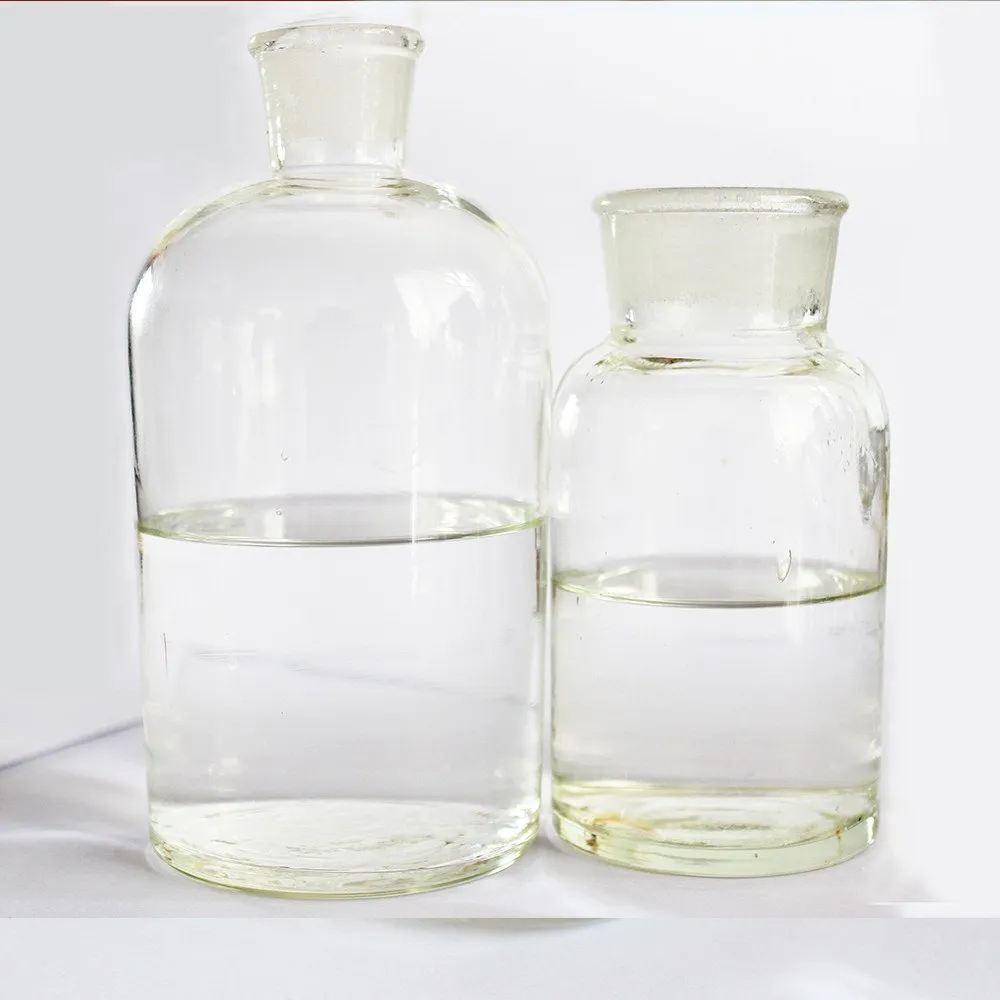IUPAC Name
Methanol
Cas Number
67-56-1
HS Code
2905.11.00
Formula
CH3OH
Appearance
Colorless Liquid
Common Names
Methyl alcohol, Wood alcohol, Carbinol
Packaging
25kg/fiber can or bags, 1t/torr.
Brief Overview
Methanol, also known as wood alcohol with the chemical formula CH3OH, is a widely used organic solvent. As the simplest alcohol, methanol is light, colourless and volatile. It is also a flammable liquid with a special odour similar to drinking alcohol. Due to its toxicity, methanol can cause metabolic acidosis and even death.
Manufacturing Process
Methanol can be produced from many kinds of feedstocks in a series of reactions. Methanol is obtained in two stages. Feedstock natural gas is first converted into a synthesis gas stream including CO2, CO, H2O and hydrogen in a typical plant. Catalytic reforming of feed gas and steam helps to make the reaction happen. The next stage involves catalytic synthesis of methanol from the synthesis gas.
Paint Industry
As a common solvent, methanol has a broad range of applications. The largest one is to produce other chemicals. It is a key component to synthesize or dissolve hundreds of chemicals that are necessary in our lives. Methanol is usually converted into acetic acid, formaldehyde, and olefins. It is also an essential material in paint industry methanol to produce paints and other important components.
Water Treatment Industry
In wastewater treatment plants, a small amount of methanol is added to provide a carbon food source for the denitrifying bacteria. It converts nitrates to nitrogen to reduce the nitrification of sensitive aquifers.
Fuel and Energy Industries
Methanol is used on a limited basis to fuel internal combustion engines. When produced from wood or other organic materials, the resulting organic methanol is a renewable alternative to petroleum-based hydrocarbons. Low levels of methanol can be used in existing vehicles, with the use of proper co-solvents and corrosion inhibitors.
